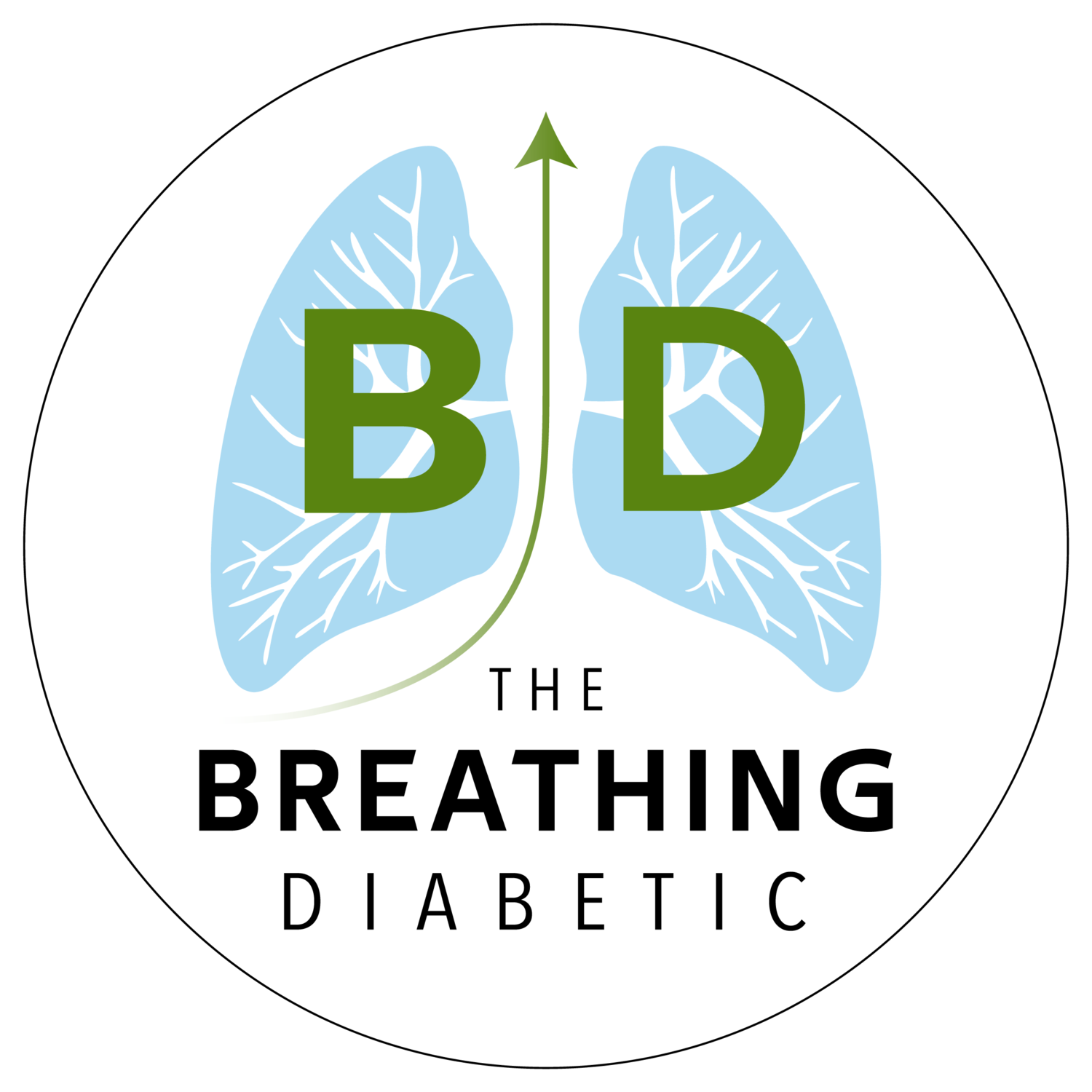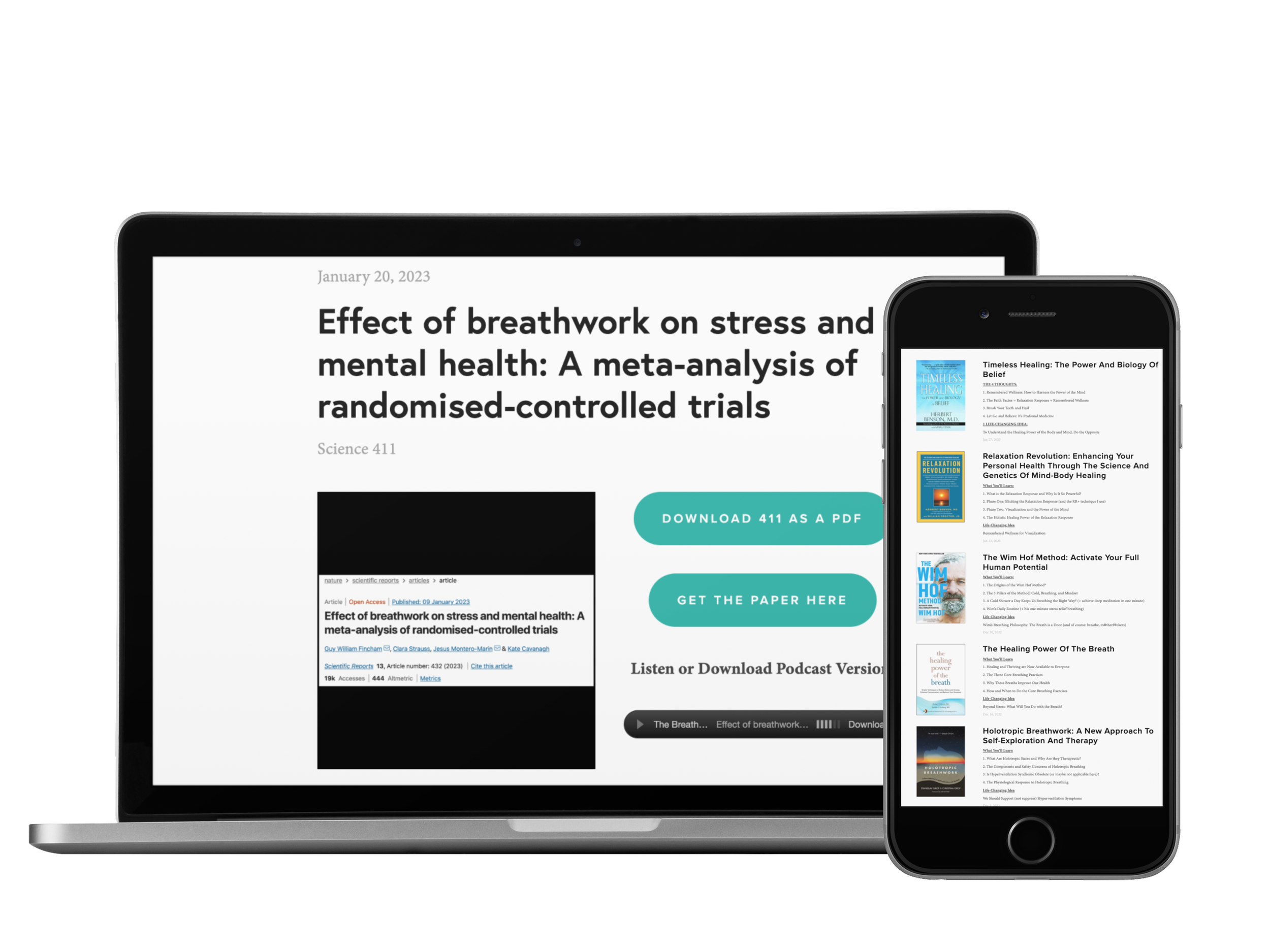Listen Instead of Reading
If you enjoy listening, you can subscribe to the audio version on Spotify, Apple Podcasts, and Audible so you don’t even have to look at the email 😊
4 THOUGHTS
1. The Greatest Skill in Breathing (plus 9 more random thoughts)
The greatest skill in breathing (like in life) is knowing when to go with the flow, and when to deliberately change it.
Click here for 9 more random breathing thoughts and quotes.
2. “Meditation in a Bottle” (random product recommendation)
That’s a tagline of this relaxation shot by iCalm.
I stumbled upon it online, decided to buy some, and really loved them. I take one almost every afternoon now.
I have no affiliation with them…just thought it was a cool product and that maybe some of you would like it too 🙏
***
P.S. When I bought it, they sent an email questionnaire…I filled it out (it took less than a minute), and they sent me a few additional bottles for free. It might be random, but be on the lookout, just in case.
3. Whole-Life Slow Breathing
Regularly engaging in any kind of contemplative practice that slows down our breathing increases our vagal tone.
The best description I’ve read of why that’s important comes from Barbara Fredrickson, Ph.D., describing people with higher vagal tone:
“Physically, they regulate their internal bodily processes more efficiently, like their glucose levels and inflammation. Mentally, they’re better able to regulate their attention and emotions, even their behavior. Socially, they’re especially skillful in navigating interpersonal interactions and in forging positive connections with others.”
Sounds good to me. Perhaps we should call slow breathing “whole-life breathing” instead 😊
4. Nasal Breathing, Brain Oscillations, and Better Cognition
“A key implication of our data is that the nasal route of respiration offers an entry point to limbic brain areas for modulating cognitive function.”
This study found that nasal breathing synchronizes oscillations in the piriform cortex, amygdala, and hippocampus (those last two regions are critical to emotions, memory, and behavior). This coherence leads to improved cognitive function compared to mouth breathing.
The take-home: Breathe through your nose as much as possible, especially when learning or in emotional situations, to improve brain coherence and cognitive functioning.
***
P.S. This is one of many studies I’m drawing from for the Breathing for Better Brain Health Workshop I’m hosting this Saturday for just $50.
1 Quote
“There is no single more powerful – or more simple – daily practice to further your health and wellbeing than breathwork.””
1 Answer
Category: Brain Blood Flow
Answer: Every minute, this many liters of blood flow through the brain, which is about how much a standard wine bottle holds.
…
(Cue the Jeopardy! music.)
…
Question: What is 750 ml?
P.S. I found this one in Breath by James Nestor.
In good breath,
Nick Heath, T1D, PhD
“Breathing is the compound interest of health & wellness.”
P.S. ignorance is bliss
* An asterisk by a quote indicates that I listened to this book on Audible. Therefore, the quotation might not be correct, but is my best attempt at reproducing the punctuation based on the narrator’s pace, tone, and pauses.









